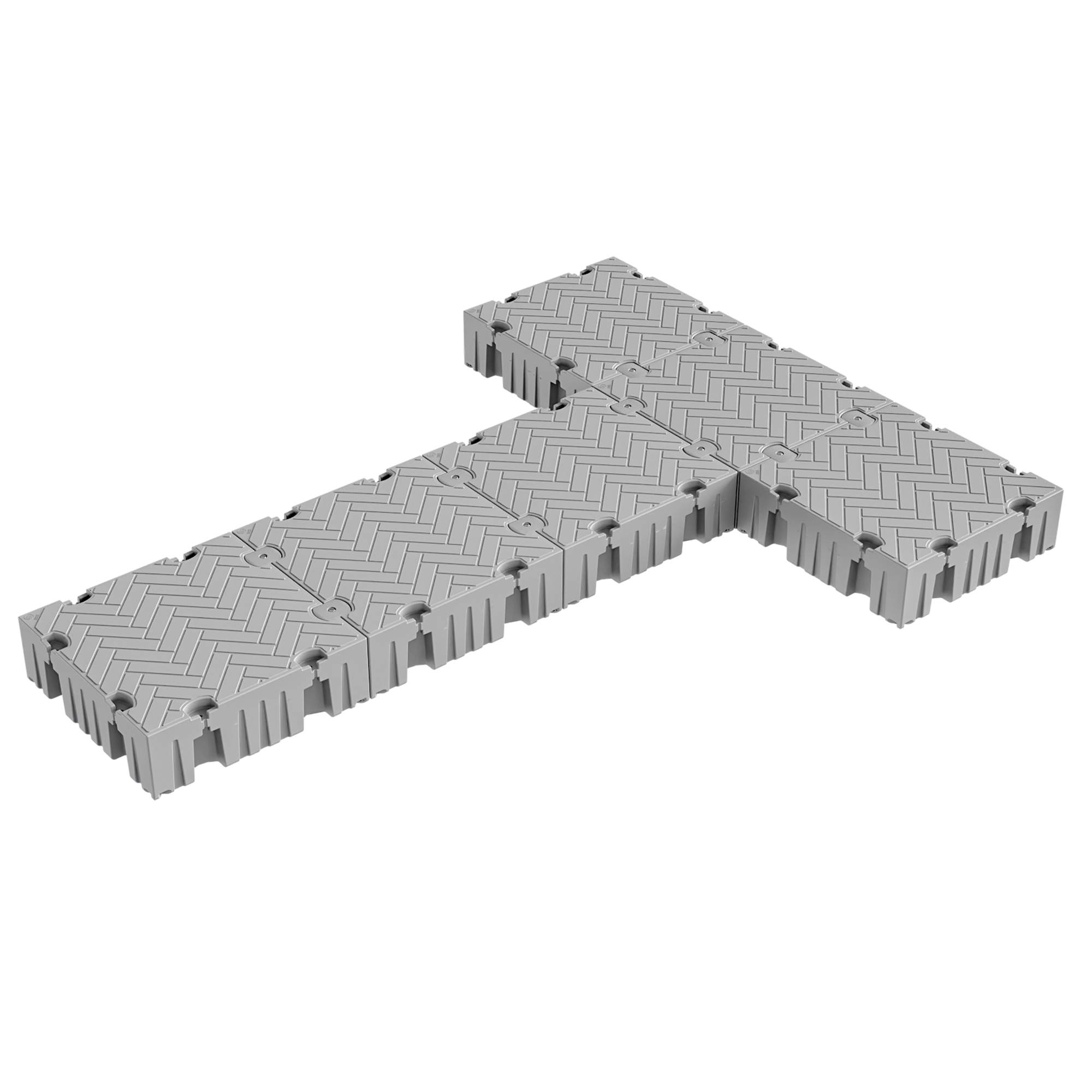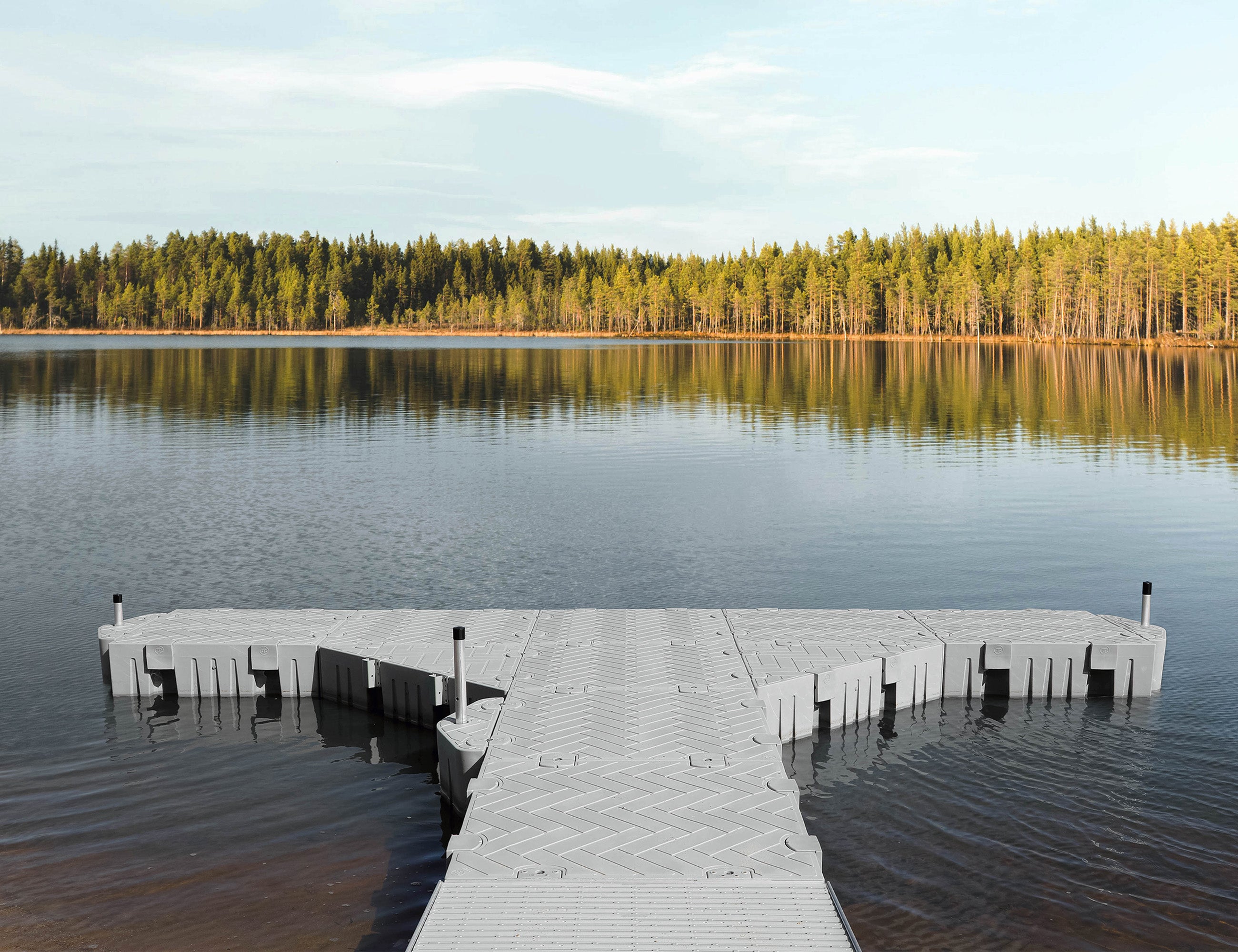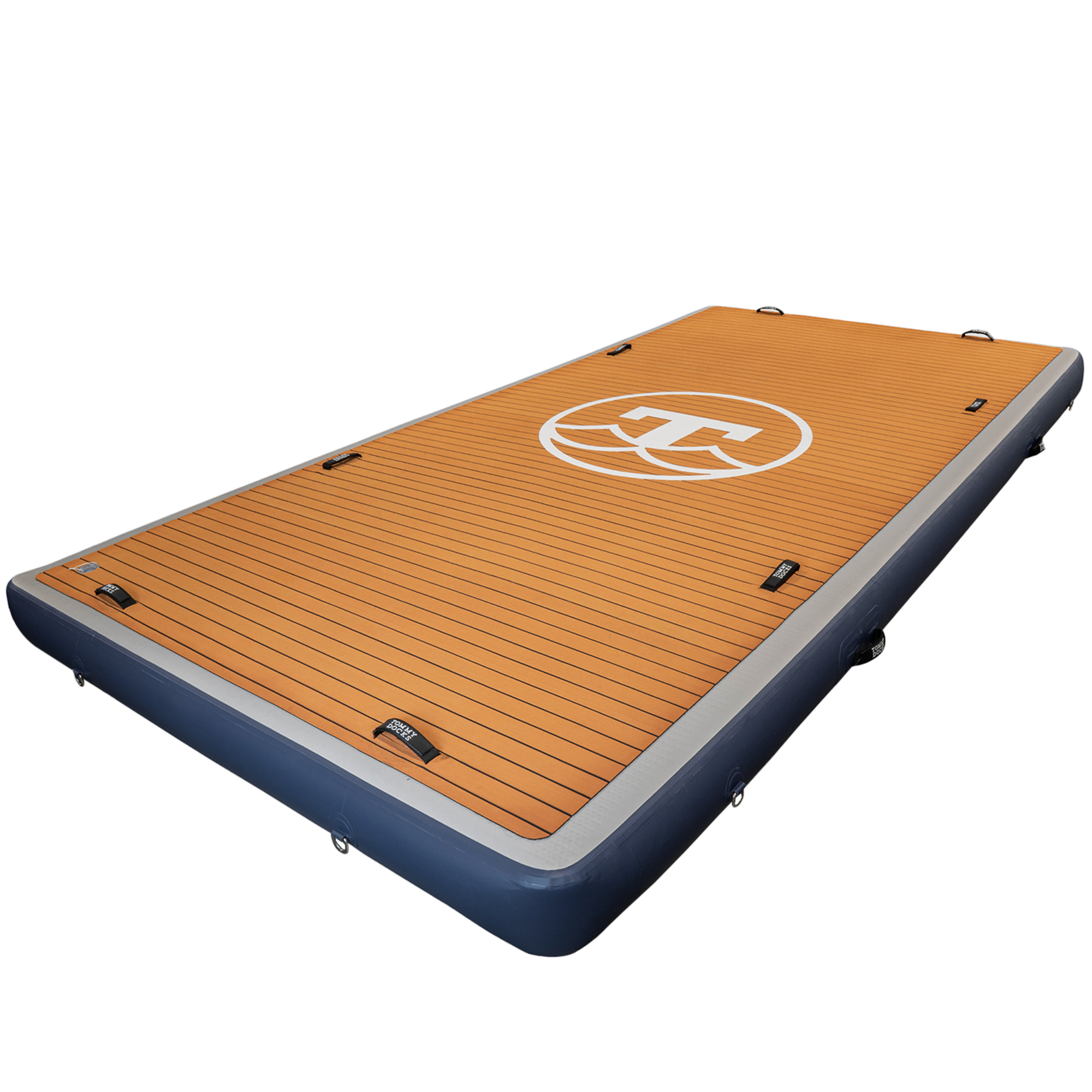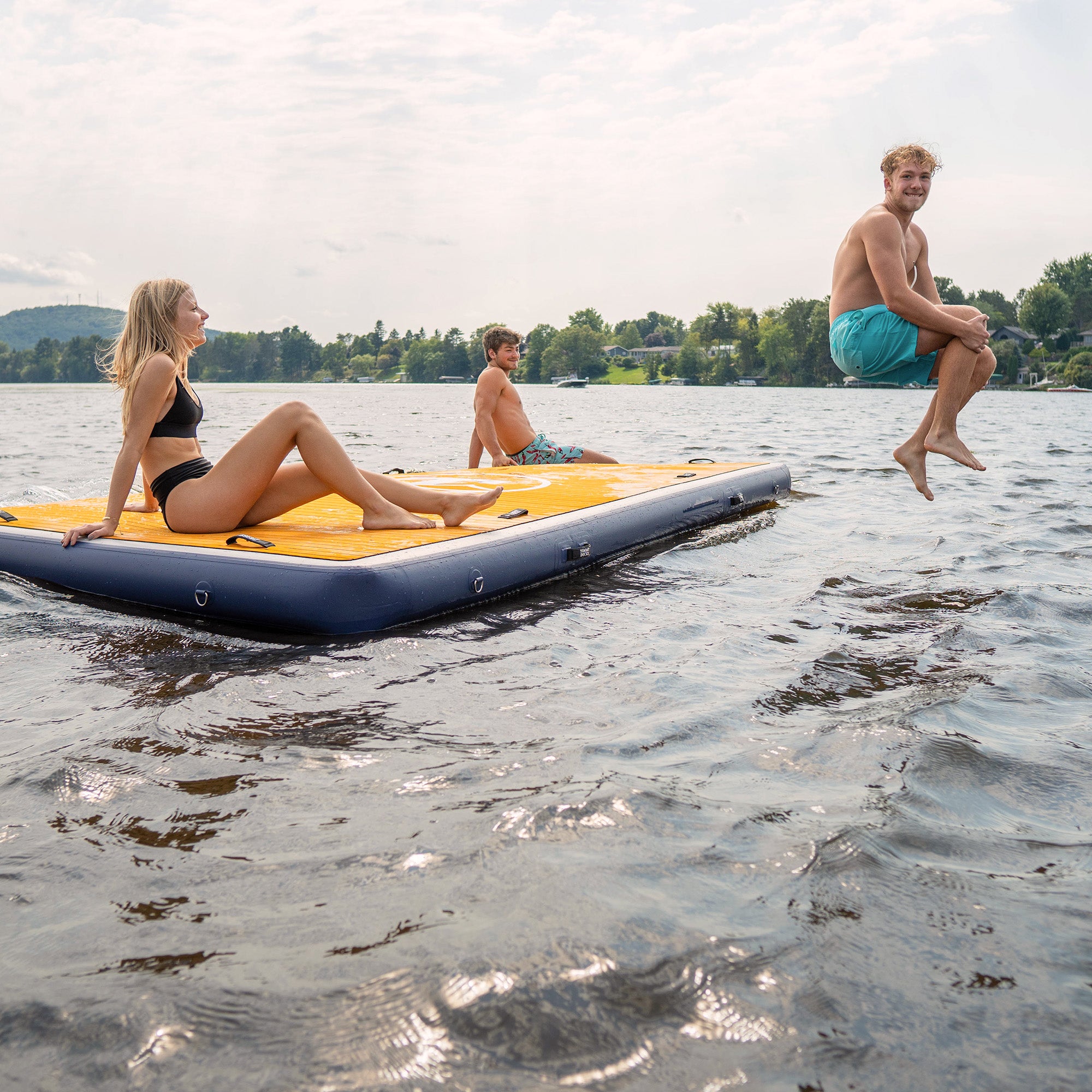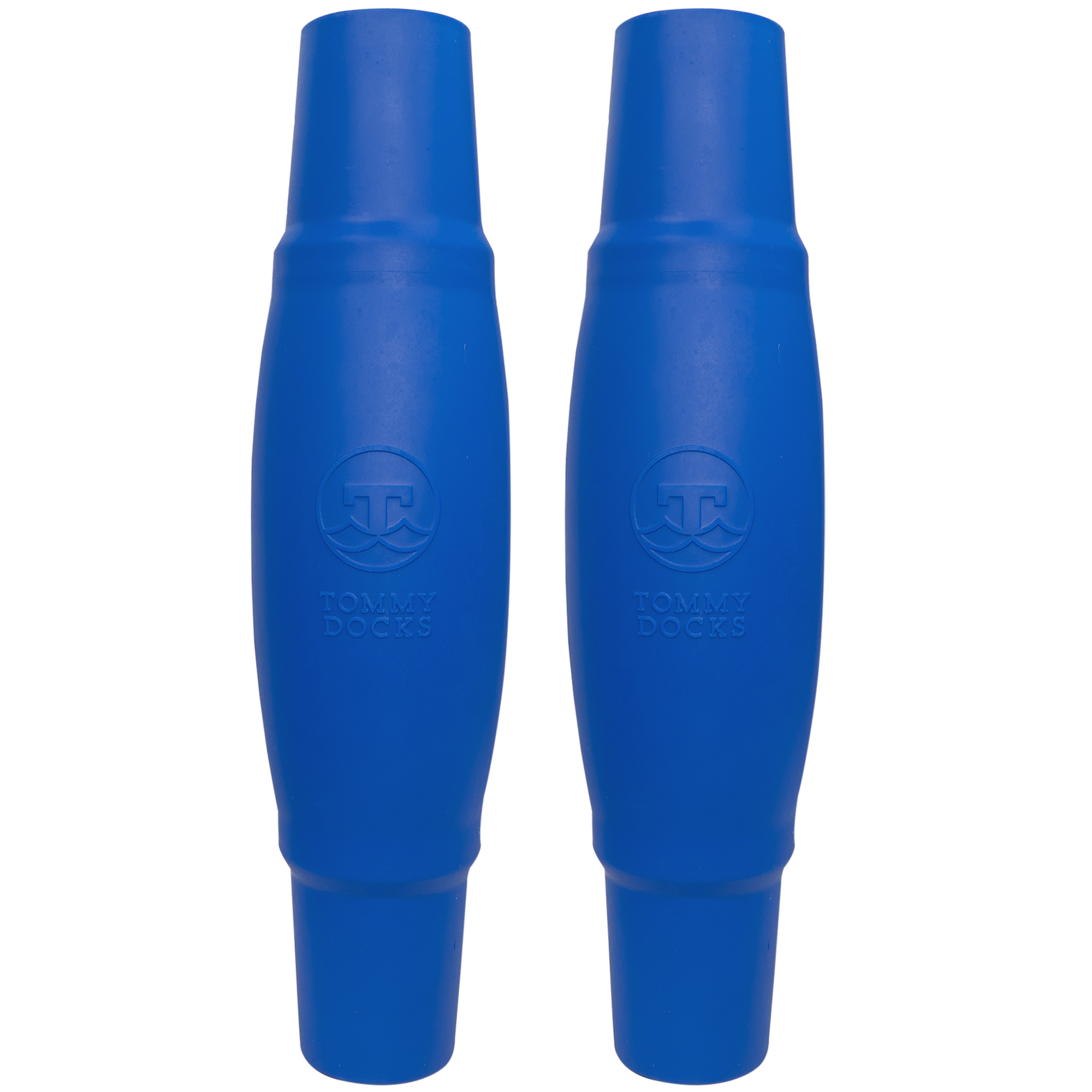Boating can be a fun activity, but it also comes with risks. Accidents can happen both on the water and off while using equipment like boat dock ramps. So it's crucial for boat owners to prioritize safety by maintaining their equipment and taking precautions to prevent accidents and damage to themselves, their passengers, and their property.
What is a Boat Dock Ramp?
Boat dock ramps (also known as gangway, boarding, or access ramps) are a type of ramp used in marinas, ports, and private residencies to provide a safe and stable passage between floating structures such as a dock or pier and dry land.
Boat dock ramps are typically made of metal or wood and can be fixed or adjustable in length and height to accommodate different water levels and platform sizes. With fixed docks or piers, gangways are firmly secured at both ends. However, with floating docks, the ramp is typically connected to some sort of hinge on the land side of the ramp to allow movement when the water level rises or lowers.
Common Boat Dock Ramp Mistakes
When using a boat dock ramp, it's essential to exercise caution and follow proper safety protocols to prevent accidents and injuries. However, even with the best intentions, it's easy to make mistakes that can compromise the safety of yourself and others. Here are five of the most common mistakes boat owners make when using their boat dock ramps.
Mistake #1: Overloading the Dock Ramp
One of the most common mistakes people make when using a dock ramp is overloading it. This happens when you try to load too much weight onto the ramp all at once, causing it to collapse or tip over. Overloading can lead to injury, damage to your boat, and loss of belongings to the water.
How to Avoid Overloading a boat dock Ramp:
To avoid overloading the dock ramp, always check the weight limit of the ramp before using it. If the total weight you need to load onto your boat exceeds the suggested limit, you will need to divide your cargo and make multiple trips. Additionally, it's best to limit the number of people on the ramp to one at a time.
Mistake #2: Not Securing the Dock Ramp Properly
Improper installation is another danger to look out for when using boat dock ramps. When the ramp is not secured to the land or dock, it can move or shift, causing a potential loss of balance for anyone on the ramp. If you are installing your own TommyDocks boat ramp kit, make sure you pay close attention to installation.
Ensure your boat dock ramp is installed correctly:
When installing your gangway ramp, double-check to ensure all fasteners are tightened down, and all walking platforms are level. Later, if at any point you notice that there is unusual movement or imbalance of your ramp, avoid using it until the issue is addressed.
Mistake #3: Walking On a Slick, Wet Boat Dock Ramp
While most access ramps are textured, they can still be extremely slippery after heavy rainfall. According to Maritime Injury Guide, slips are among the most common of all dock and marina incidents, so it's important to use extreme care when accessing your boat or dock in wet conditions.
How to access a wet boat dock ramp:
If your ramp isn't already equipped with a non-slip surface, the best thing you can do is install a texturized coating or adhesive grip tape to minimize the chances of slips or falls. Additionally, while it may not be possible in all scenarios, non-slip footwear can also reduce the risk of a fall-related injury by a significant margin.
Mistake #4: Neglecting Ramp Maintenance.
Like any piece of equipment, dock ramps require regular maintenance to function properly. Neglecting to maintain the ramp can lead to rust, corrosion, and other damage that can compromise its safety.
How to properly maintain a boat dock ramp
To avoid this mistake, inspect the dock ramp regularly and address any issues promptly. Replace any damaged or worn components, lubricate moving parts, and keep the ramp clean and free of debris to ensure smooth operation.
Mistake #5: The Boat Dock Ramp is Too Steep
During dock construction, ramp angle is often overlooked. When there is a substantial distance between the land and a dock's surface, a set of marine stairs are usually the safest option. However, a lack of insight may lead some boat owners to install a ramp that could be hazardous to anyone with access to it.
How to check if your boat dock ramp is too steep
Codes and regulations vary depending on your state. However, boat dock ramps should generally be at most a 1:20 slope. Many online incline calculators can help you find the slope ratio of your ramp, but if you need assistance, you may want to contact a city inspector. Also, it's important to remember that water levels rise and fall throughout the year, so be sure to consider this variance when making your calculations.
Make Your Boat Dock Safer
A dock ramp is a valuable tool for anyone who owns a boat. However, it can also be dangerous if not used properly. By avoiding these five common mistakes, you can help ensure that you and your passengers stay safe while using the ramp. Remember always to follow safety guidelines, maintain the ramp properly, and use caution when using the ramp in wet conditions. Also, if you want to improve the safety of your boating facilities, check out Tommy docks extensive line of ready-made boat docks and accessories.


